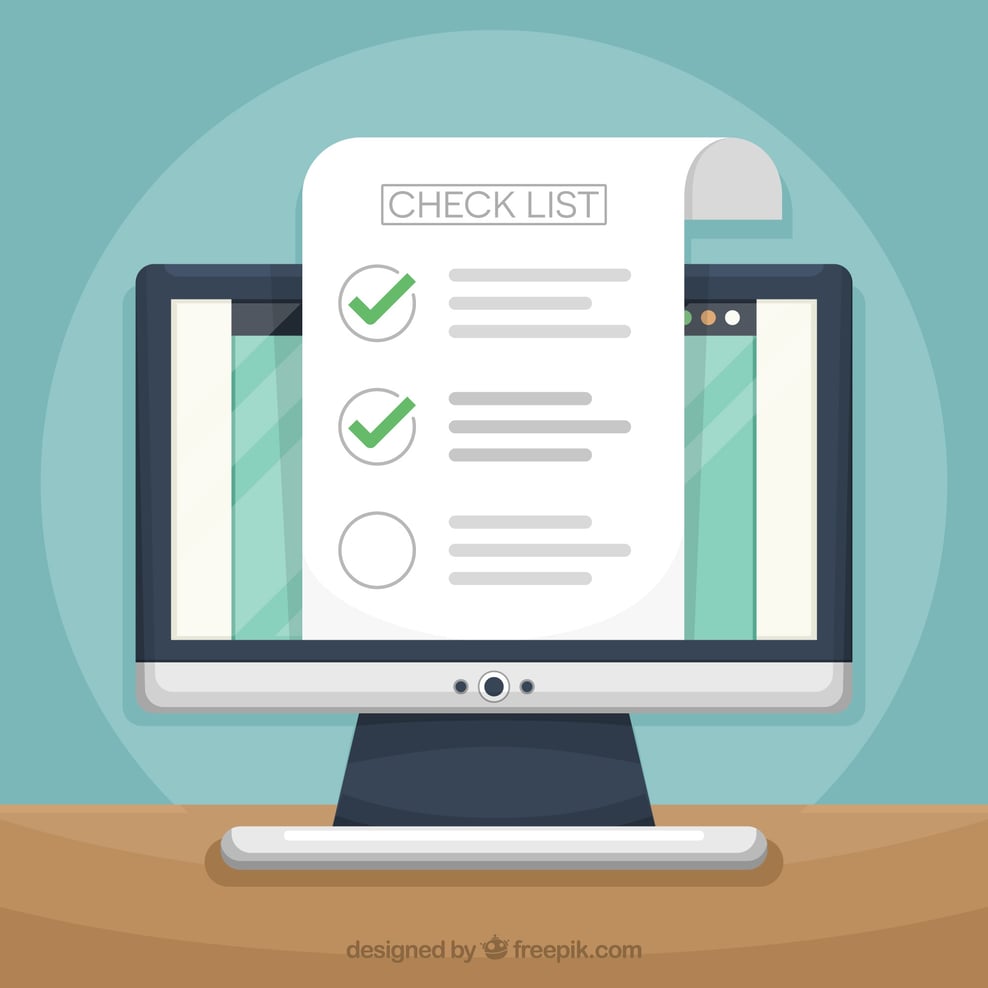When you work with engineers prepare yourself for a heaping helping of acronym soup! You’ll hear it all: PCB, PCBA, DFM, FMEA, PO, IP and of course the BOM, which stands for Bill of Materials. And while all those other acronyms are highly important to the product development process, it’s the BOM that gets you on your way.

Simply put, a BOM is the list of parts or components necessary to build your product. The BOM might also include the raw materials, sub-components, sub-assemblies, quantities, parts and complete assemblies of your finished product.
A good BOM is like an accurate, well-tested recipe. It defines the right ingredients in the right amounts to make your dish turn out just right.
When you’re working with a contract manufacturer, they will usually set up the BOM for you using your CAD drawings and other information.
Here are some questions to consider — the items engineers expect to see — as you create your BOM:
- What type of material will you use? Be specific. If it’s a plastic or metal, specify the type.
- Are there certain material requirements? For example, do you need the material to be flame-retardant/resistant?
- Can you consider alternative materials? Does your product require DuPont Vamac or will a substitute elastomer work, if it meets your requirements?
- Does your finished product have strength or durability requirements?
- Are third-party agency or safety tests necessary? Things like UL, ETL or RoHS?
- Does your product have cosmetic requirements such as finishes, textures, etc.?
If possible provide the weight of each component. It can really speed up the response time. You probably gathered from these questions that the more detail you can provide, the better. The more specific you are with your BOM, the more accurate quote you’ll receive.
Consider any skill with Excel spreadsheets as a bonus. They’re just about the best thing that ever happened to engineers, designers and project managers when it comes to keeping track of the information in your BOM — especially tracking changes (and there will be changes.)
Tips for Setting up a Basic BOM Spreadsheet
List your headings:
- Project name
- Project identifying number
- Project manager/engineer
- Date & revision code
Basic column headings should include:
- Sequence number (i.e., 1, 2, 3, etc.)
- Part Type - What is the part?
- Part Number - The reference number on the part
- Part Manufacturer - The company that makes the part
- Part Description - A brief description of the part (i.e., multi-layer ceramic capacitor)
- Quantity - How many parts you need to build your product
- Price - The price of each part
- Comments - Space to jot notes and use this. You won't remember everything.
REMEMBER:
The BOM is a unique document reflecting your unique project. Headings might change. You might need more headings for different types of projects — tolerances for plastic injection molding, voltage or current for electronics. If you’re making a BOM for a PCBA, you’ll include the reference designator which spells out where each piece on the board belongs.
Now it's time to fill in your spreadsheet. Yes, this is time-consuming, but don't skip a single detail or part. Even a small mistake on the BOM could spell trouble later in the way of delays or price increases. And think how good it's going to feel when you've got your accurate BOM finished and on its way to your manufacturing partner. Chances are, they'll thank you, too.




.jpg?width=176&height=56&name=MR_associatedNetwork_logo%20(1).jpg)